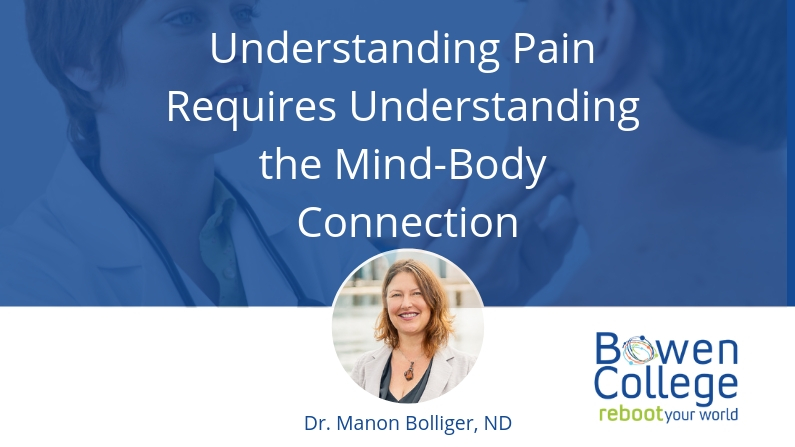In my last post I discussed how understanding the mind-body connection enables doctor’s to better LISTEN to symptoms. Toward the end I cited the case of pain as an illustration. Today I want to explore that topic a little more deeply.
Consider the experience of pain: researchers cannot link the lesion/trauma to the degree of perceived pain in a reliable way. Though we may be able to understand some of the neuronal modulations and pathways, we can only surmise the degree of sensitivity felt, and there is a big gap when it comes to “lesional proof.”
Therapeutically, emphasis on pain-killers may actually miss the mark, as there is much more to the story. The best predictor of the downward transition from acute injury to chronic disability is not drug therapy, but rather maladaptive attitudes and beliefs, lack of social support, heightened emotional reactivity, substance abuse, and job dissatisfaction.
As psychoneuroimmunology offers a conceptual and biological understanding of the mind-body connections, pain and the concept of pain has evolved from a purely biomedical concept to a multi-dimensional understanding. Several authors have categorized research-based management and treatment approaches, which have given us a broader definition and understanding of pain.
An individual’s beliefs about pain, emotional experience, and pain behavior are interrelated. Taking into account the four dimensions of pain experience (nociception, pain perception, suffering, and pain behavior), the biopsychosocial approach to managing chronic pain is definitely an improvement over the biomedical approach.
In my next post, I will explore the question of what role we doctors play in the creation of disillusioned patients suffering in pain. I’ll see you then.









